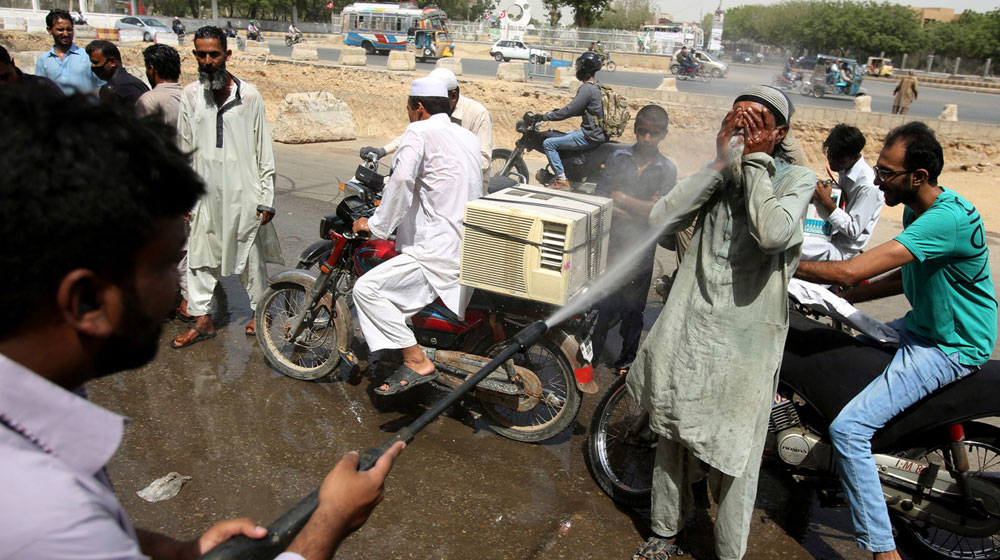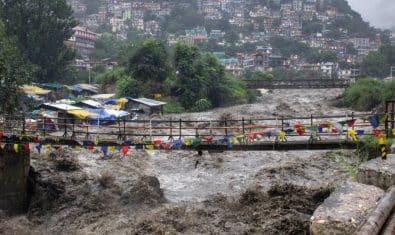Human-caused climate change has increased the likelihood and intensity of the record-breaking heatwave that has gripped India and Pakistan since March.
According to research, the first one to study directly the causes of the 2022 heatwave, said that heatwaves exacerbated by global warming are harming human health, food security, and economic output.
“Climate change is fueling repercussions that reverberate around the globe, not just the face where the heatwave is happening,” study co-author, Roop Singh of the Red Cross Red Crescent Climate Center said.
The research was carried out by more than a dozen experts from across the globe who are part of the World Weather Attribution project, which employs peer-reviewed methodologies to undertake quick studies of how climate change has affected severe weather events.
They looked at the average daily maximum temperatures from March to April 2022.
The researchers found that the heatwave was a 1-in-100-year occurrence in this region, but this is likely an underestimate owing to a relatively short period of data in some areas.
The analysis discovered that human emissions of greenhouse gases rendered this event 1 degree Celsius hotter and more likely to occur, with the risk of such an occurrence rising by a factor of 30.
“If global average temperatures rise by 2 degrees Celsius over preindustrial levels, such a heatwave would become 2 to 20 percent more likely, and up to 1.5 degrees Celsius hotter than the 2022 occurrence,” the study said.
“In such a warming environment, such heat waves may have a normal recurrence time of once every five years,” it said.
This is an important result since the planet is now on track for around 3 degrees Celsius of warming by the end of the century.
A second analysis released earlier this month looked at the possibilities of a heatwave breaking a record that was made in 2010.
India and Pakistan have seen unusually high temperatures and below-average rainfall since March. The dry spell has simply increased temperatures, stifling economic activity by reducing outdoor activity.
According to the study, March was the warmest month in India since records started 122 years ago, while Pakistan registered the biggest global positive temperature anomaly for the month. The heatwave persisted until May engulfing 70 percent of India on 29 April.
Temperatures have consistently reached or above 49 degrees Celsius in the warmest places.
While high heat is customary in India and Pakistan before the arrival of the summer monsoon, this year’s heat has been unusually intense and long-lasting. It also arrived earlier in the year than usual.
The excessive heat has reduced wheat crop yields at a time when global supplies are being squeezed as a result of Russia’s invasion of Ukraine, causing India and Pakistan to stop exports to the global market.
It also resulted in a destructive glacier lake outburst flood in northern Pakistan.






















